TITLE
Can a ‘Fingerprint’ of Your Brain Help Predict Disorders?
Using new medical imaging techniques, researchers are working to identify early signs of developmental disorders and mental illness
DESCRIPTION
What a fascinating article!!! The article discusses new cutting edge research on the interplay of recorded brain activity while sleeping and various types of both developmental disorders (ASD =Autism Spectrum Disorder) as well as anxiety, depression, and schizophrenia among others. The article begins with a case of a young woman diagnosed with ASD and how the researchers are studying her brain while she sleeps. The article provides details of how individual brain patterns are studies through EEG, fMRI, and other techniques.
“…brain fingerprints, despite being unique to each person, share similar characteristics that allow them to be categorized and classified. From these groupings, researchers can better pinpoint objective biological markers—telltale indicators of a medical condition’s presence and potentially its severity.,,, In this way, brain fingerprinting promises to carve a path toward more individualized diagnosis and treatment. Scientists are already using those two primary techniques—EEGS and functional connectome mapping—to trace our brain’s distinctive patterns and identify biological markers of mental health problems. Some researchers have even combined machine learning techniques and brain fingerprinting to successfully predict an individual’s risk of mental distress.” The article presents the research results and the inroads that “brain fingerprints” can lead to various predictions and therapy.
SOURCE
Smithsonian Magazine, March 24, 2023, by By Lucy Tu
LINK TO RESOURCE
(Tiny URL) https://tinyurl.com/4dcvmhrh
CLASS DISCUSSION QUESTIONS:
•What is a “brain fingerprint”?
•How is this research performed? What are the results?
•How does this technique predict both problems and offer therapeutic solutions?


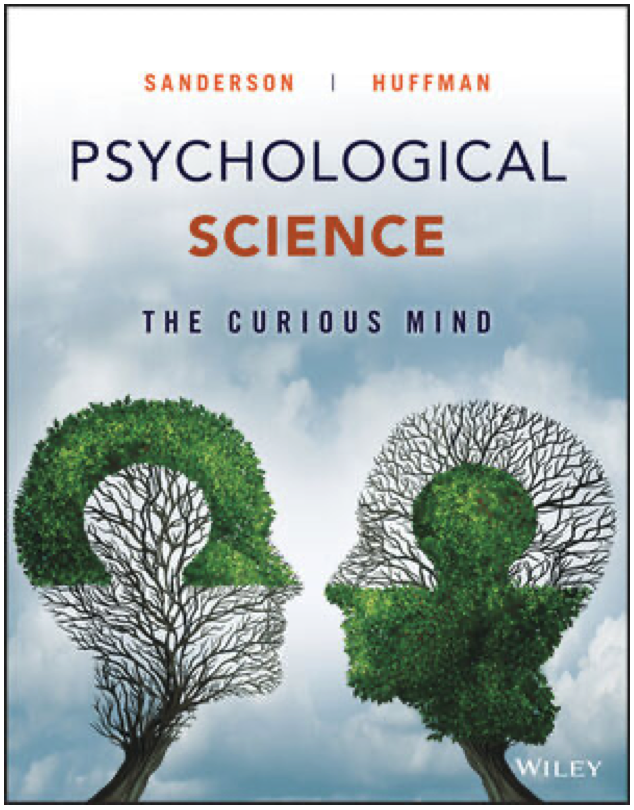
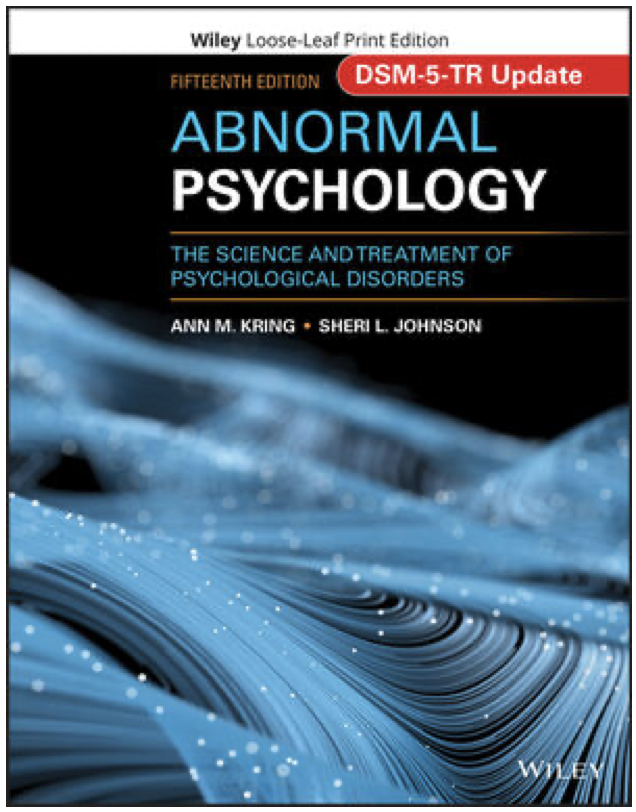
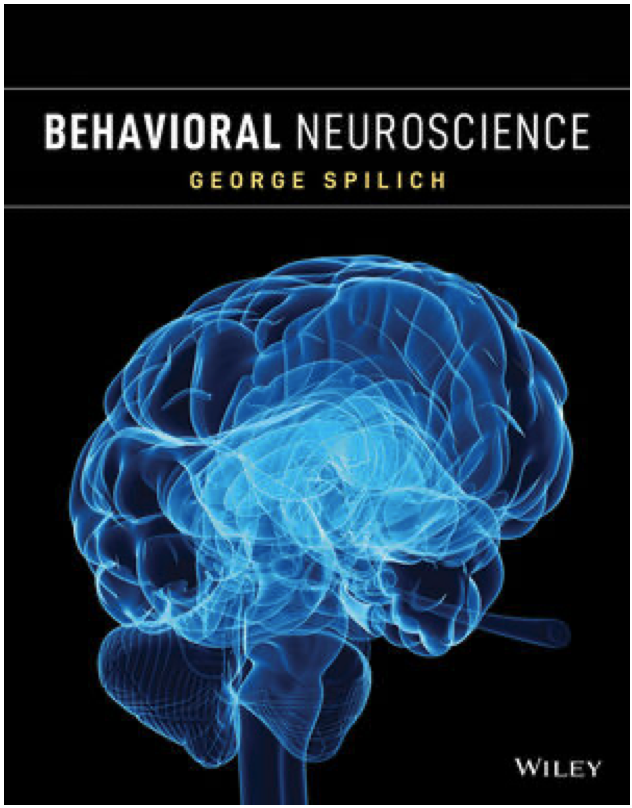
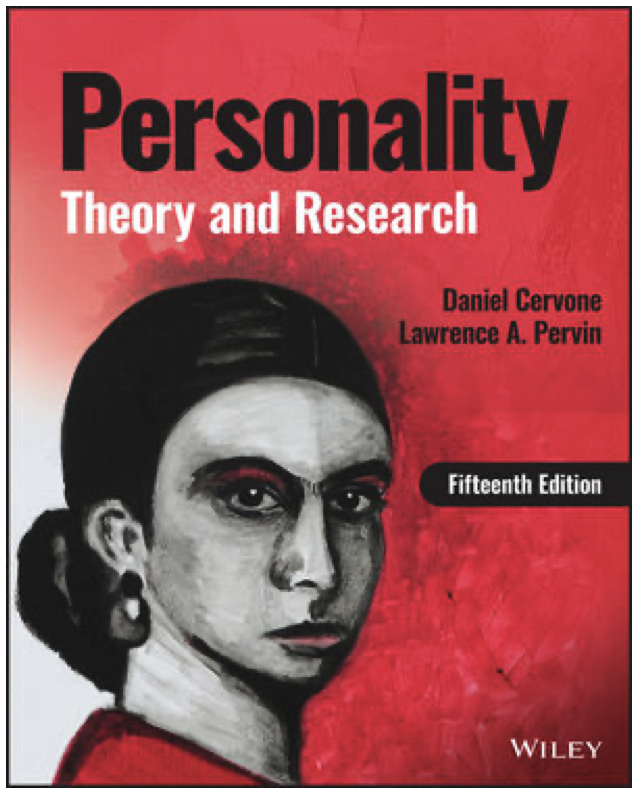
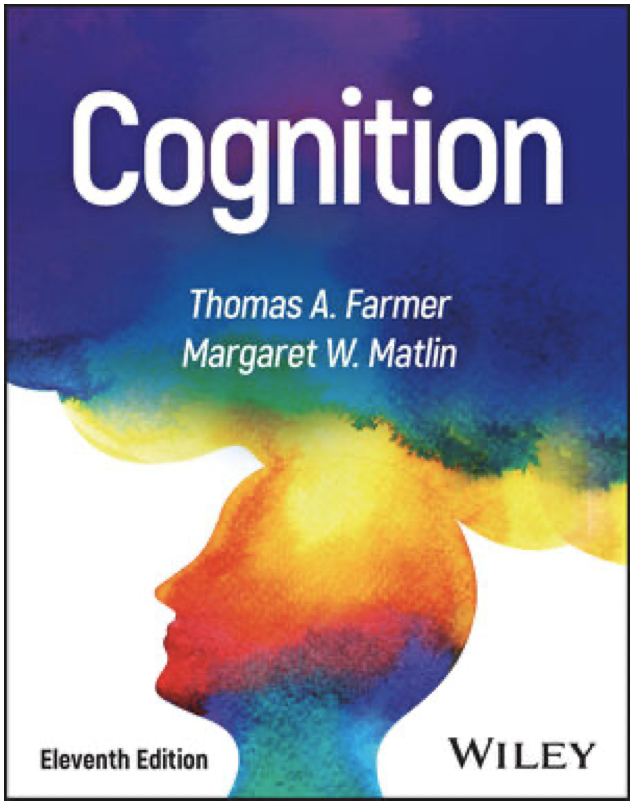
Leave a Reply